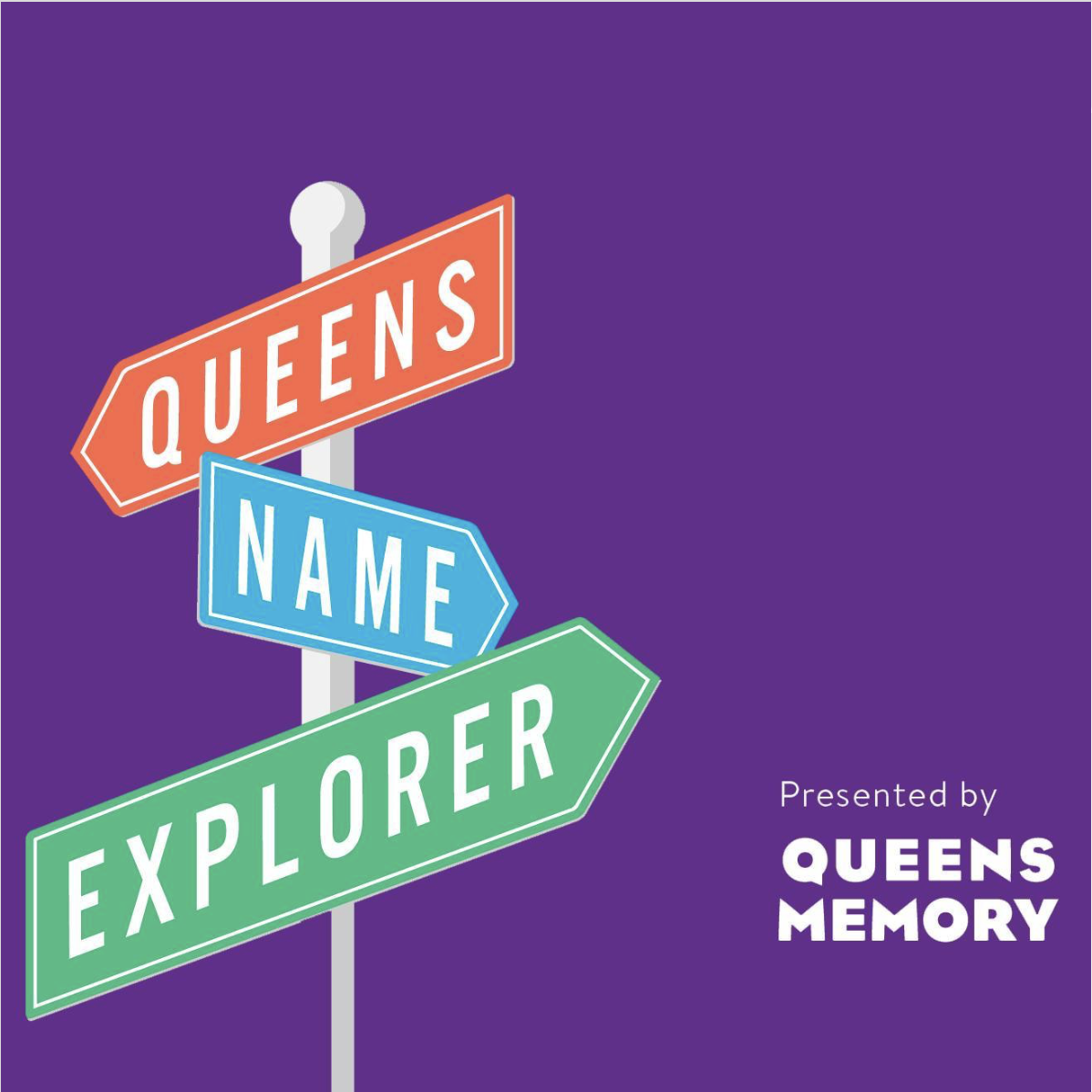
Each year, DHPSNY Dialogues bring cultural heritage professionals together to engage in meaningful discussions about the challenges and opportunities shaping our field. In 2025, our series focuses on Collections for the Future of New York, asking: What can we, as practitioners—both paid and volunteer—do to build and steward collections for the communities of tomorrow?
As part of our ongoing Antiracism Resources blog series, we’re continuing these conversations beyond each session. Throughout the year, co-facilitators from Dialogues will share recaps, reflections, and resources, expanding on key takeaways.
To start, Meral Agish, oral historian, educator, and the community coordinator of the Queens Memory Project, reflects on January’s session, “Understanding Our Changing Communities,” exploring the power of data-driven storytelling, community engagement, and the ongoing evolution of the Queens Name Explorer. _______________________________________________________________________________________________________________________
To prepare for January’s DHPSNY Dialogues program, “Understanding Our Changing Communities,” I spent a lot of time thinking about the potential of spreadsheets. Specifically, how spreadsheets and seemingly mundane data sets can inspire creative work, which in turn can help us activate our collections and engage with our colleagues and the communities we serve.
As a co-facilitator in the program, I spoke about the development of the Queens Name Explorer, an interactive map that highlights named places throughout the borough. The map includes biographical profiles and photos, as well as personal remembrances submitted by the public, about the people behind those places, including schools, streets, parks, and playgrounds. Currently, there are more than 1,000 locations on the map connected to specific individuals, with more added each year following the commemorative naming processes that involve public campaigns, community boards, City Council, and the Mayor.
Like so many archives-based projects, the Queens Name Explorer started with spreadsheets, lots of them. Our project team at Queens Public Library consists of colleagues from the Queens Memory Project, the Digital Archives, the Marketing Department, and Organizational Assessment, and included our tech partner, Urban Archive. As a large urban public library, we benefit from the size and scope of our organization, where so many people can collaborate to launch ambitious programs and projects like this one. Still, we needed to hire a dedicated data specialist to help us locate potential datasets across city and state agencies, review and clean up the data, and help us figure out our starting point. The team was then able to build on these existing sources and create something entirely new and, from what we could determine, launched the first map of its kind in New York.
From the beginning, we wanted the Queens Name Explorer to offer ways to engage with our shared urban landscape and layered community histories. In the two years since we launched the project, it has expanded and inspired a series of audio portraits, creative writing workshops drawing on neighborhood histories, and The People Behind the Names: Black History in Queens, an exhibition that just opened at a local gallery to celebrate Black History Month. Looking ahead, we are planning programs for Women’s History Month, New York City Immigrant Heritage Week, and other joyful celebrations that bring people together in our public library spaces.
I prepared for this DHPSNY Dialogues session in the quiet days of early January, in a reflective mood about the year that just closed and the new one that was just starting, one that has rapidly been overtaken by chaos and a deep sense of the unknown in so many parts of our lives and our work. For anyone who is thinking about ways to connect with others and would like to invite neighbors to share stories, perhaps inspired by data that can help frame a project like ours, I am happy to offer resources, tips, or even just a friendly ear.
The Queens Name Explorer started with spreadsheets but it continues to grow through the people who have contributed to it and the ideas the project generates. I am grateful to DHPSNY for inviting me to be part of this series, and I look forward to being in conversation with colleagues across our state in the upcoming Dialogues programs.
If you attended this event, we'd love to hear your feedback to help improve future programming by completing this survey.
Click here to access the recorded portion of the session.
Click here to download the slideshow.
RESOURCES
Conversation Prompts
FFEIC Geocoding/Mapping System
Libraries Transforming Communities - Turning Outward
Millbrook Library Bennett College Collection
New York State Education Department Data
New York State Open Data Portal
Queens Public Library:
https://www.instagram.com/queensmemory/
http://queenslib.org/explore
https://queensaudio.nycitynewsservice.com
United States Census Bureau
This post is part of a blog series on sharing information, promoting resources, encouraging discussion, and amplifying the voices of Black, Indigenous, and People of Color (BIPOC) doing antiracism work in archives, museums, history sites, and library special collections. DHPSNY is committed to supporting the diverse network of collecting institutions that safeguard and ensure access to historical records and library research materials across New York State. To learn more, visit our first blog post in the series.